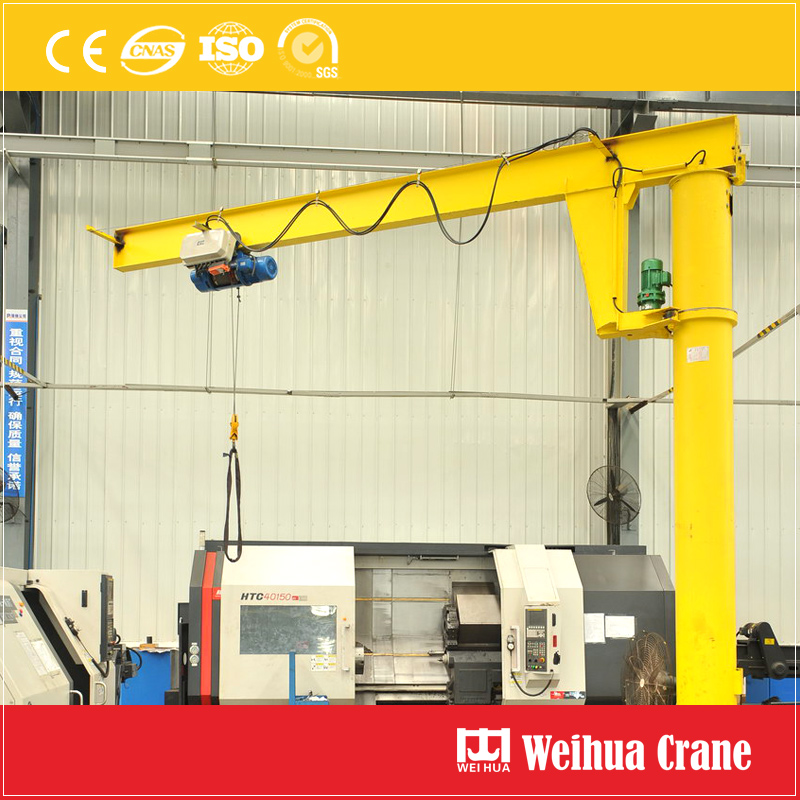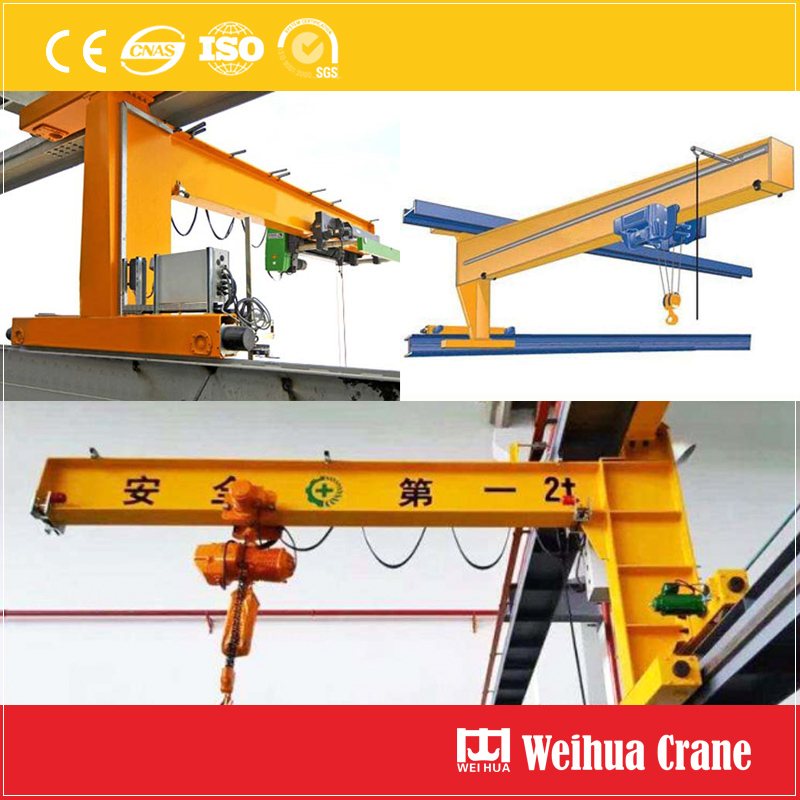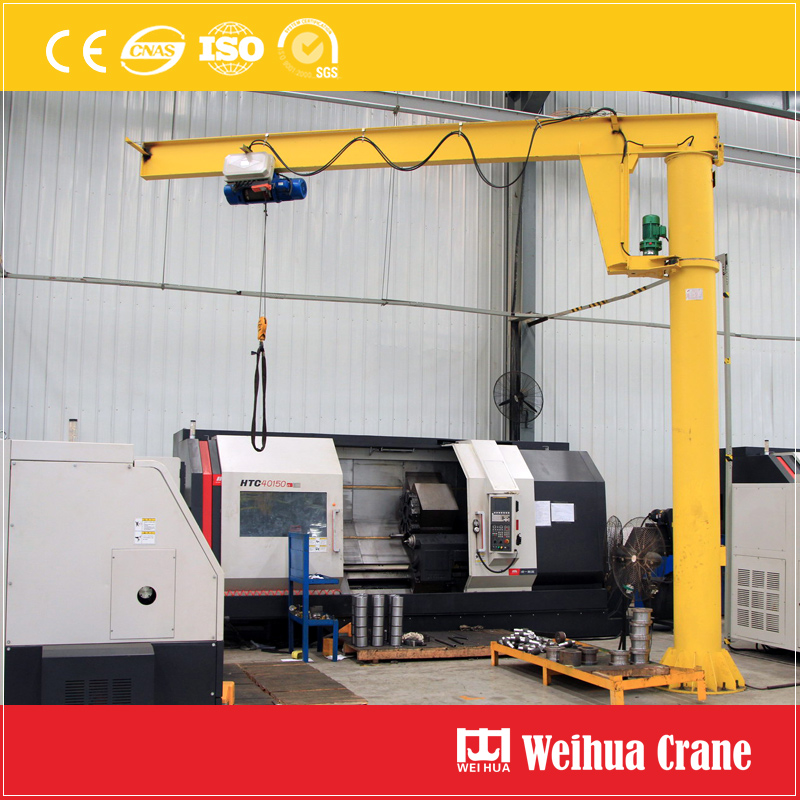During the test phase, test document review and defect management are required. This not only improves test efficiency, but also enables project managers to balance product quality, project progress, and cost based on defect convergence trends. When designing a test case, it is necessary to pay attention to the design of reverse test cases and reliability test cases. This will more effectively detect hidden defects in the product and improve product quality. On-line analysis instrument, also called process analysis instrument, refers to a type of instrument that is directly installed in the process flow and automatically and continuously analyzes the composition or physical parameters of the measured medium. In order to expand the market for online analytical instruments, some companies have begun to develop or improve corresponding online analytical instrument products. If the newly developed or improved analytical instrument can be operated on the user's site for a long time and reliably, in addition to pre-technical pre-research, design and development, and technical evaluation, the product function, performance, and reliability are also required through product testing. Other aspects of verification to ensure product quality. At present, the problems exposed by on-line analysis instruments at the user's site are mainly focused on software bugs, device failures, EMC problems, and the influence of environmental temperature. According to the Pareto principle, not all defects in the product can be found in the test. However, some of these problems, such as software bugs and measurement, are affected by the environment and other defects can be detected and improved during the test phase by strengthening the test. This not only needs to strengthen the testers' quality awareness, but also needs to deepen the testers' understanding of test theory knowledge. And test technology mastery. First, the basic theory of testing 1.1 Test Duties On-line analysis instrument The role of the tester can be divided into software testers, hardware testers, product testers, reliability testers, and certification testers, depending on the type of product module in charge. Software testers are mainly responsible for software black box testing. Hardware testers are mainly responsible for hardware unit testing and hardware and software integration testing. The reliability tester is responsible for the testing of product reliability, including environmental testing and life testing. The certification testing personnel are mainly responsible for the testing of CMC certification, explosion-proof certification, and other type testing related inspection items. The main responsibility of the product tester is to assist unit testing and integration testing, perform system testing, conformance testing, and user testing, assisting in analysis and solving test problems. Of course, the organizational structure of different companies will be different, and the division of responsibilities of testers will also be different. At present, most of the analysis instrument company software testing, hardware testing and reliability testing are mainly completed by product testers. 1.2 Test Definition Glenford J.Myers in the "The Art of Software Testing" from the psychological and economic aspects of the definition of the test and test principles of the basic elaboration, in the book test is to find the error and execute the process of the process . At present, different people have a slightly different description of the test. In the software engineering standard terminology proposed by the IEEE in 1993, software testing was defined as the process of using a manual or automated method to run or evaluate a system or system component. Its purpose is to test whether it meets specified requirements or to clarify The difference between the expected result and the actual result. Although different people have different definitions of testing, different definitions make it clear that testing should be a process aiming at finding defects. 1.3 Test Purpose The purpose of the test is not only to discover product defects, but also to help the project manager improve some problems in the current development process by analyzing the defect distribution features and the causes of defects. At the same time, defect analysis can also help us to design targeted test cases and improve test effectiveness. The ideal goal of the test is to achieve “zero defect in the productâ€. Even if no defects are found in the test process, the test of this process is also meaningful. The complete test is an effective means to evaluate the product quality. 1.4 Consistency of defects The theoretical research on defect management started relatively late and the development is far from mature. With reference to the specifications defined in CMM5 and the current online analytical instrument industry characteristics, product defects are classified into four levels according to their severity: fatal, severe, general and recommended. By testing the convergence trend of the defect can reflect the quality change of the tested product, not only can assist the project manager to make decisions, but also can be used as an important reference for product release. The test defect convergence evaluation example is shown in Figure 1. The online analysis instrument The test defect convergence can be evaluated from the following three aspects. 1) cumulative number of defects found; 2) The number of defect submissions at each stage; 3) The number of defects left. The cumulative number of test defects found tends to be stable and the number of defect submissions at each stage approaches zero, indicating that the product quality is relatively stable, but it does not mean that the product quality is good. When the trend curve of the number of defective legacy drops, it means that the product quality has improved, and the trend curve of the number of defects remaining gradually increases, indicating that the quality of the product is continuously deteriorating. The convergence trend curve of the number of defects left is closer to 0, and the better the product quality. Second, the test method Divided according to testers' knowledge of the measured object, test case design methods can be divided into white box tests and black box tests. White box testing: also known as structural testing or logic-driven testing, must know the internal working process of the software or product, through testing to test whether its internal normal operation according to requirements and design. Test cases can be selected through logic coverage, path coverage, etc., and test coverage can be used to evaluate test cases. On-line analysis instruments generally use white-box testing methods for software testing and hardware testing in the unit testing phase, mainly to verify whether the software flow, software algorithms meet requirements, and whether the hardware signal links are correct. Black box testing: also known as data-driven testing or functional testing, is to test the functional requirements of software or products. Through testing to test whether each function meets the requirements, regardless of its internal logical structure. The following describes several black box test methods commonly used in online analytical instrument testing. 2.1 Equivalence Class Division Testers should first understand and master the related functional testing techniques that are equivalence classes. It is important to understand the use of this technology because it is the basis for many other software testing techniques and approaches. An equivalence class is a set of input fields in which each input condition is equivalent. If one of the input conditions cannot find a product or software defect, then other input conditions in the set will not be tested. Discover defects. The equivalence classes are divided into effective equivalence classes and invalid equivalence classes. The effective equivalence class is a collection of meaningful and reasonable input data to the product specification; the invalid equivalence class is an unreasonable specification of the product. A collection of or meaningless input data that needs to consider both equivalence classes when designing test cases. 2.2 Boundary Value Analysis From long-term test work experience, it is known that a large number of faults often occur at the boundary of the input or output range, rather than within it. To use the boundary value analysis method to design test cases, we must first determine the boundary conditions, and input the boundary between the equivalence class and the output equivalence class. This is the boundary condition that should be emphasized in the test. The basic idea of ​​the boundary value analysis method is to select a value that is exactly equal to, just less than, or just larger than the boundary as the test data, instead of selecting a typical value or an arbitrary value in the equivalence class as the test data. During the testing process, test cases that consider boundary conditions have higher test returns than other test cases that do not consider boundary conditions. 2.3 Cause and Effect Diagram The test methods for equivalence class division and boundary value analysis mainly consider single input conditions, but do not consider the mutual constraints between various input conditions and do not consider various combinations of input conditions. If you consider using a test method that is suitable for describing multiple input conditions and produce multiple corresponding actions, causality diagrams can be used. The causality diagram method is applicable to the combination of multiple conditions and results in multiple results. In the more complex case, this test method can effectively help us check whether the output under a variety of conditional combinations is correct and design efficient, non-redundant test cases. 2.4 Error Estimation Error-inference method, based on experience and intuition, infers possible errors in the product, so as to design targeted test cases. The basic idea of ​​the wrong guessing method is to infer all possible mistakes in the product and special circumstances that are prone to errors based on previous work experience, and select test methods and design test cases according to them. Of course, there are other test methods that can be used in test case design, such as: orthogonal design method, special value method, process analysis method, and combination design method. Each test method has its own merits. It should be based on the specific needs of the product, select the appropriate test method, design efficient test cases, and effectively expose hidden defects in the product. Third, the conclusion On-line analysis instrument testing is a very important task to ensure product quality. Testers need to have extensive knowledge of test theory and testing techniques. Rational design of test cases can effectively detect hidden defects in products, especially reverse test cases in software. And product reliability test case design. In the actual work, the on-line analysis instrument system test phase process was discovered. The proportion of defects found in reverse test cases and reliability test cases was indeed high. With the development of test technology, more and more test methods will be applied in the analytical instrument industry, which will effectively improve the test efficiency and product quality.
Jib cranes can be floor jib cranes and wall jib cranes. Floor Jib Crane is a floor fixed column jib crane for workshop, warehouse, wharf, etc. Wall cranes can be wall fixed jib crane and traving jib crane on wall rails, which needs no floor space and girder or beams like Bridge Crane, thus saving workshop space.
Jib crane is light crane for small capacity material handling commonly used at workshop, warehouse, wharf, production line, manufacturing production line, etc.
Jib crane capacity: 1t - 10t or custom
Lift height: 1m - 12m or custom
Work duty: A5, A6 or custom
Weihua provides different jib cranes with different specifications. Just tell us your working site condition, we will provide you with the professional products and solutions. Welcome to visit us.
Jib Crane Crane Rail,Jib Crane,Slewing Jib Crane,Floor Fixed Jib Crane Henan Weihua Heavy Machinery Co., Ltd. , https://www.hoistcrane.nl



Test Methods and Testing Techniques Based on On-line Analytical Instruments